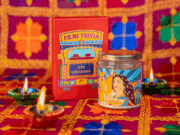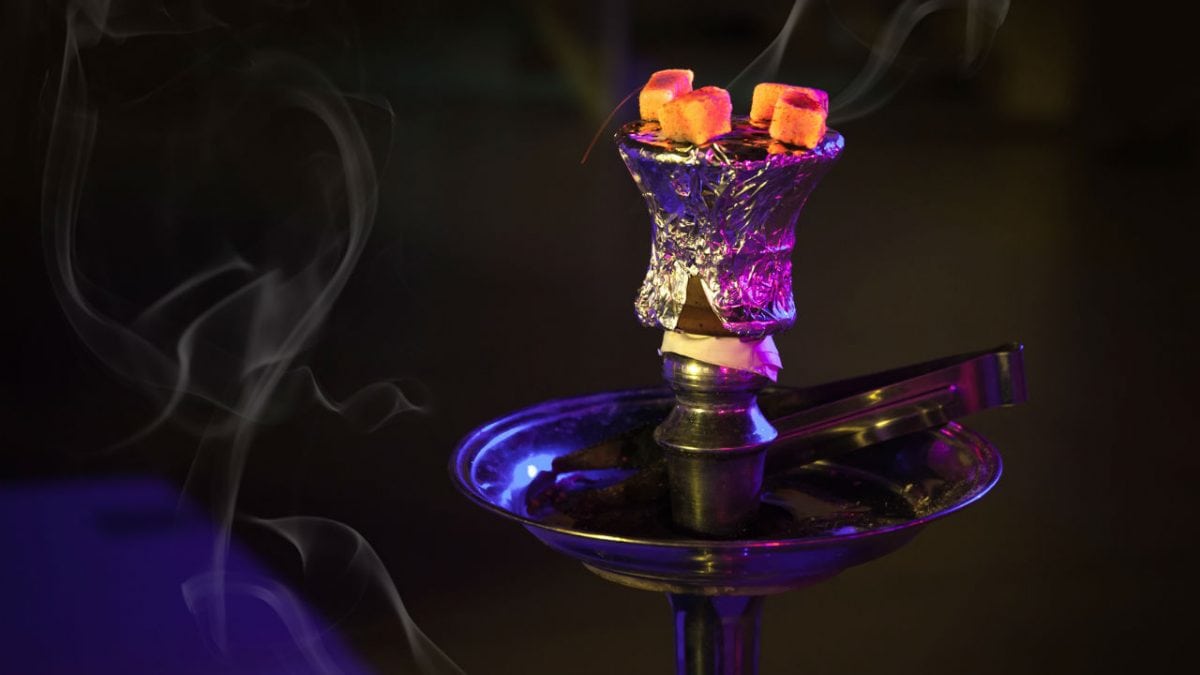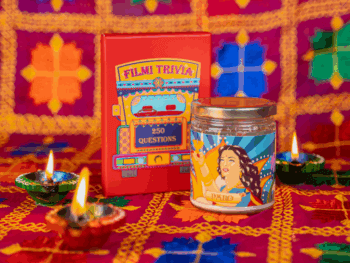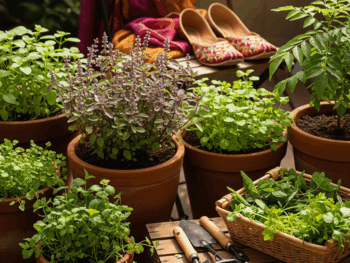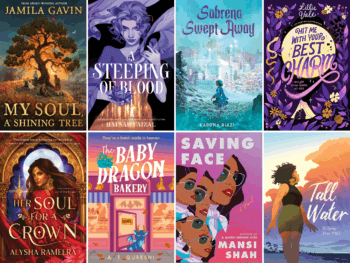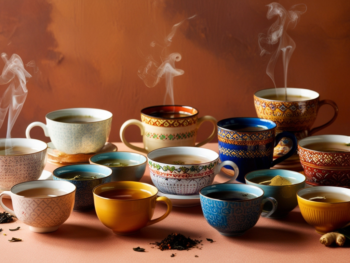With hookah (also commonly known as sheesha) smoking gaining in popularity, there’s a false notion that it is somehow safer than smoking cigarettes when in fact they are just as dangerous. Here are ways that hookahs can kill you!
Hookahs are water pipes that are used to smoke specially made tobacco that comes in different flavours including tamarind, mango, mint, chocolate, coconut and even cappuccino. The idea of smoking hookahs began centuries ago in India and Persia but today, hookah lounges are gaining in popularity around the world especially in India, United States and Canada.
The hookah water pipe involves heating the tobacco, usually with burning embers or charcoal, then the smoke is filtered through a bowl of water. The smoke from the pipe is also delivered in an electronic product such as hookah pens or steam stones. These small, inexpensive, and socially accepted tobacco pipes have become just as fashionable as cigars were in the 1990s. You have likely seen Hookah clubs, lounges or cafes dedicated solely to smoking hookah. Compared to cigarettes, there appears to be a lack of widespread health knowledge about the harmfulness of smoking hookah among users regardless of their background and various studies identified the use of hookah is high in South Asian youth.
Attractive To Youth
In the last few years this new popularity for an old form of tobacco smoking has been gaining ground within an already susceptible group; adolescents, young professionals and college students. Smoking hookah is one of the first new tobacco trend of the 21st century. And as they are presented in the veil of culture, they seem less harmful and more exotic. And because if its cultural background it holds a certain exotic appeal to the new generation of smokers. Reuters recently reported that ” More than half of U.S. teens overestimate how often their peers smoke hookah, and a new study suggests this makes them more than nine times more likely to try it themselves.” Another medical report tracking American youth and smoking habits from 2016 notes that approximately 10% of youth (from 6th to 12th graders) “one or more times in their life“.

Health Risks
Although many users think it is less harmful, hookah smoking has many of the same health risks as cigarette smoking. The US National Institute of Health reports that “tobacco use causes many of the world’s leading lethal ailments, including cardiovascular disease, chronic obstructive pulmonary disease, and lung cancer and smoking remains the leading preventable cause of death.” And lung cancer is the leading cause of cancer mortality in the world.
While many hookah smokers may think this practice is less harmful than smoking cigarettes, hookah smoking has many of the same health risks as cigarette smoking. The charcoal used to heat the tobacco can raise health risks by producing high levels of carbon monoxide, metals, and cancer-causing chemicals.
Babies born to women who smoked water pipes every day while pregnant weigh less at birth than babies born to nonsmokers. Hookah tobacco and smoke contain many toxic agents that can cause clogged arteries and heart disease. Hookah smokers may be at risk for some of the same diseases as cigarette smokers including oral cancer, stomach cancer and lung cancer.

Finally, the social aspect of water pipe smoking may put many users at risk for other infectious diseases, such as tuberculosis and viruses such as hepatitis and herpes. Shared mouthpieces and the heated, moist smoke may enhance the opportunity for such diseases to spread and the secondhand smoke is potentially dangerous because it contains smoke from the tobacco itself as well as the smoke from the heat source used to burn the tobacco.
The exotic, social and group nature of this habit is appealing to South Asian young adults. Culturally-targeted public health campaigns to educate and disseminate to the younger population about the harmful effects of hookah are urgently needed. Health policy initiatives should be formulated to prevent marketing and licensing of hookah tobacco products and paraphernalia in South Asian markets and shops.
Main Image Photo Credit: www.dfordelhi.in
Nadine Afari
Author
Our Guest Fitness Expert, Nadine Afari (@fitthoney) received her Masters in Science degree from The University of Toronto then relocated to sunny California to accept a job as a health researcher for The University of Southern California. She has been studying health and medicine for 15 years at som...












